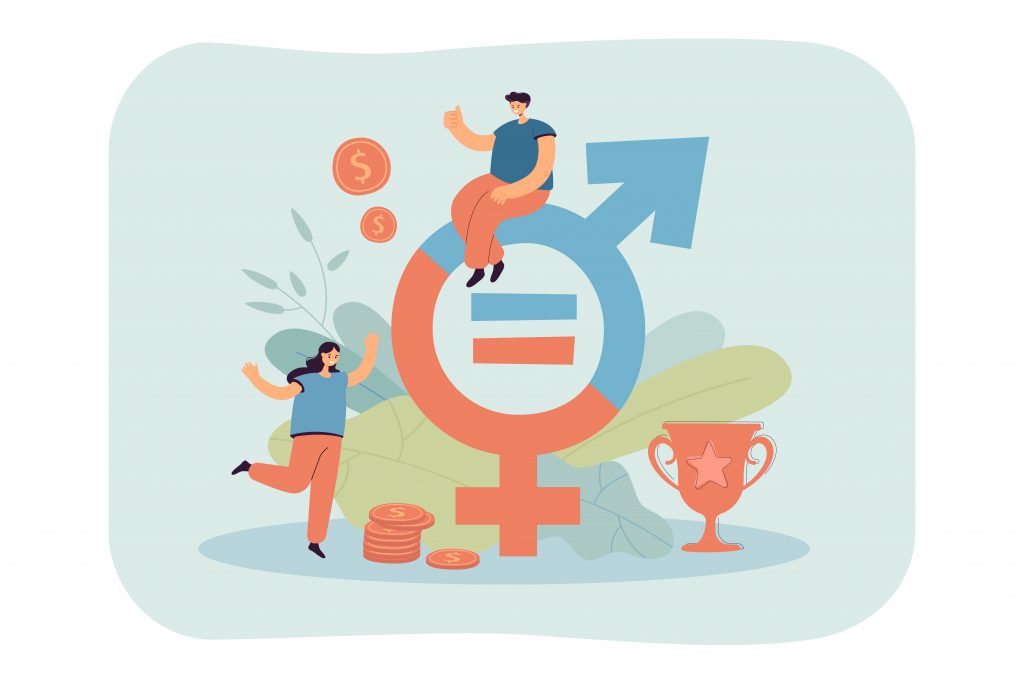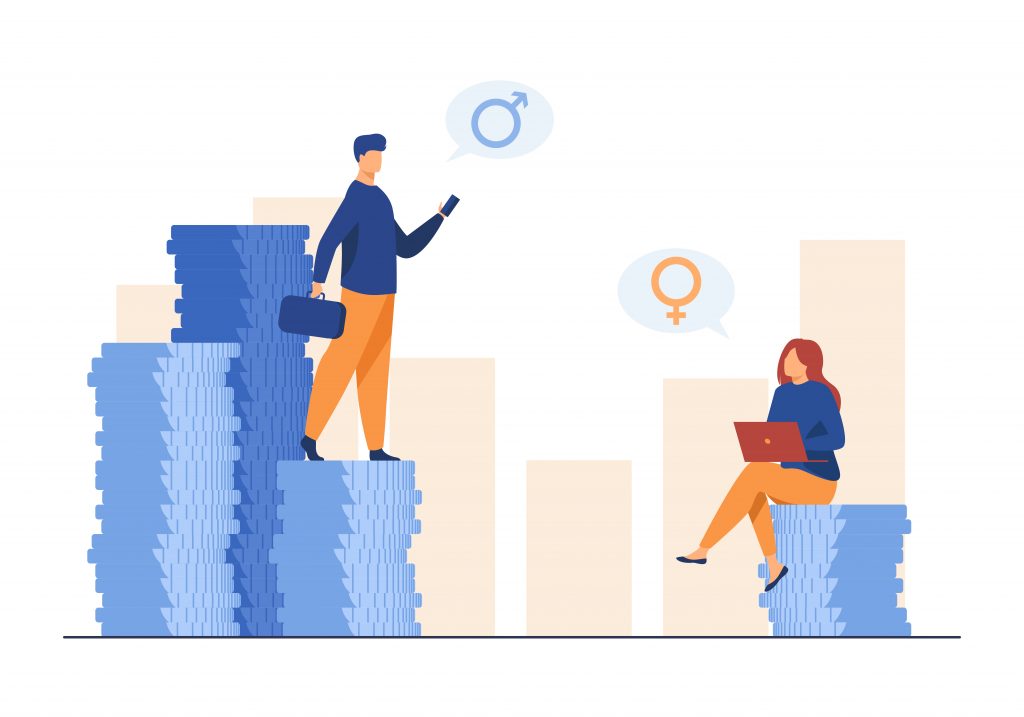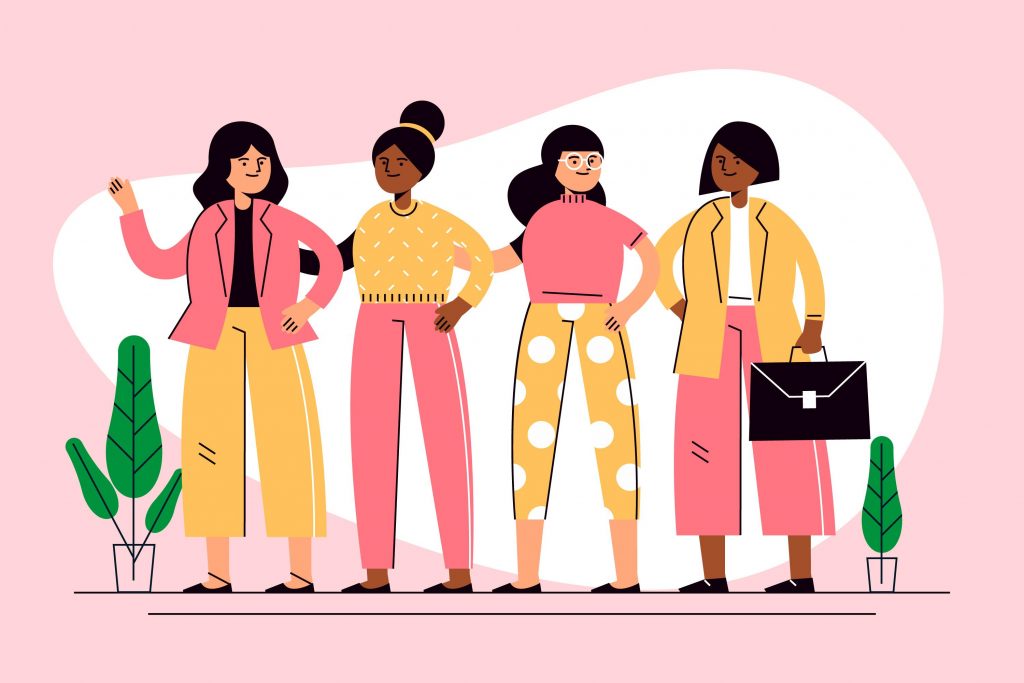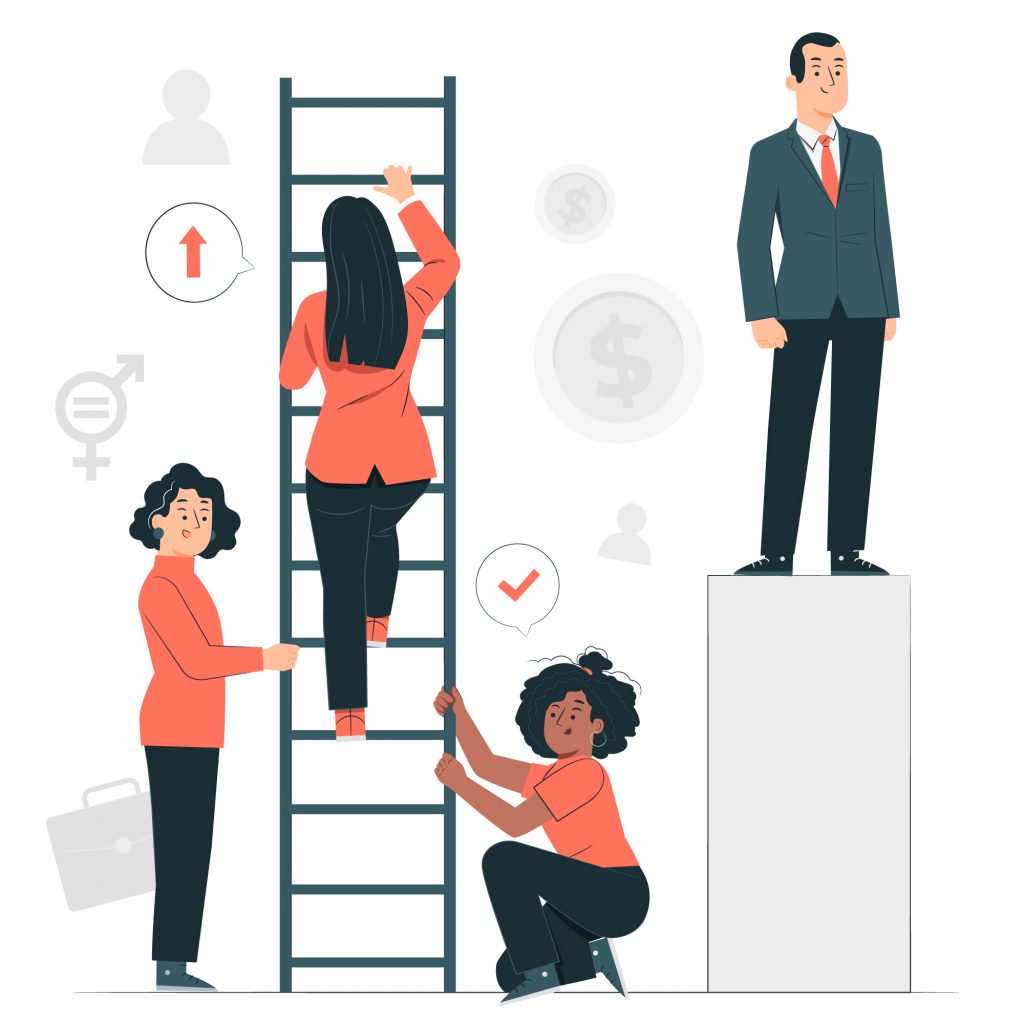In a milestone achievement for both gender equality and economics, Harvard professor Claudia Goldin made history as the first woman to independently receive the Nobel Memorial Prize in Economic Sciences.
Dr. Goldin is no stranger to breaking new ground in her field, as she was the first woman to receive tenure in Harvard’s economics department in 1989. Her extensive research on the origins of the gender pay gap and its modern implications underscores the need for long-term societal change to achieve gender equality—an endeavor in which employers play a pivotal role.

This article offers a glimpse into the history of the gender pay gap, the reasons for its persistence today, and actionable steps for employers.
Pressed for time? Here’s a quick summary…
- Persistent pay gap: Despite significant milestones like the 1963 Equal Pay Act, the gender pay gap persists. Currently, women earn 83 cents for every dollar men earn, and their median salary is 22% less.
- Leadership role representation: The transition from entry-level to managerial roles sees fewer women. It’s crucial that employers reassess the accessibility and demands of these roles while establishing measurable targets for increasing female representation.
- Overcoming the motherhood penalty: Outdated stereotypes, added caregiving responsibilities, and reduced work hours due to childcare often impede women’s career advancement. Workplace solutions like generous parental leave, on-site childcare, and flexible work arrangements can mitigate caregiving disparities and enhance work-life balance.
- Fostering respect & support: Women endure twice the rate of interruptions and comments on their emotional state compared to men, hindering them from bringing their authentic selves to work. Organizational initiatives like unconscious bias training, along with mentorship programs and professional development stipends, can set women up for success and respect in the workplace.
The Gender Pay Gap: A Historical Perspective

The roots of the gender pay gap in the US can be traced back to World War II. Before the war, women constituted less than a quarter of the civilian workforce. During the war, however, labor shortages drove more women to enter the workforce, accounting for 37% by 1945. Even within this critical period, women earned just 59 cents for every dollar a man earned, giving rise to the gender pay gap.
The Equal Pay Act in 1963, signed by President John F. Kennedy, aimed to rectify the wage disparity between men and women. While this marked a significant legislative step, the journey to true equality is ongoing. Even today, women earn 83 cents for every dollar a man earns, and their median salary is about 22% lower.
Why Gender Pay Disparity Persists In The Modern World
The pay gap’s persistence is fueled by several contributing factors related to gender inequalities in the workplace.
Underrepresentation In Leadership Roles

Women’s ambition and interest in career advancement is on par with men’s; yet women are severely underrepresented in leadership roles. Additionally, women face a significant hurdle in transitioning from entry-level to managerial positions:
- 87 women are promoted for every 100 men.
- 73 women of color are promoted for every 100 men.
This stalled point in career progression, also known as a “broken rung”, results in fewer women reaching higher-paying, C-suite level positions than men—a barrier that escalates for women of color:
- Women represent one in four C-suite leaders.
- Women of color represent one in 16 C-suite leaders.
A president of a tech company said something that stuck with me. She said, ‘Women are hired for what they have done. Men are hired for what they can become.’ Women have to have a proven record, but men do not.
Anonymous Asian woman, Vice President
The Motherhood Penalty
Women returning to work after having children typically face a wage penalty, earning 75 cents for every dollar earned by their male counterparts. This effect is not mirrored in men, who may even experience pay increases after having children.
This wage gap stems from the long-held misconception that working mothers are less committed to their careers. The added burden of reduced work hours due to childcare and household responsibilities also inhibits career progression for women.
I don’t talk about my caregiving responsibilities with my boss. Women with children always have some stigma attached to them in the workplace. People might think I don’t work as hard because I have children. I never want that stigma to be attached to me and my work.
Anonymous Asian American woman, two children (ages 5 and 7), Director
Systemic Bias & Discrimination

Despite heightened awareness and educational efforts surrounding gender disparities, systemic bias and discrimination continue to plague the workplace. Women are twice as likely than men to be interrupted and subjected to comments on their emotional state. Microaggressions intensify for women from marginalized backgrounds:
- Asian women are seven times more likely to be mistaken for someone of the same race and ethnicity than white women.
- Black women are three times more likely than their white counterparts to engage in code-switching (changing speech, actions, or appearance to fit in different situations).
- LGBTQ+ women are five times more likely to conceal personal aspects of their lives and two-and-a-half times more likely to be concerned about professional appearance compared to the general population.
- Women with disabilities feel the need for perfect performance more than the average woman.
I have to act extra happy so I’m not looked at as bitter because I’m a Black woman—and a disabled Black woman at that. If someone says something offensive to me, I have to think about how to respond in a way that does not make me seem like an angry Black woman.
Anonymous Black woman with a physical disability, Entry Level
Women who experience these common microaggressions lack psychological safety and consequently employ protective tactics like silencing their voices, code-switching, and hiding parts of themselves. This stress increases burnout risk by four times and the contemplation of quitting by three times, adversely impacting female mental health and professional growth.
Actionable Steps For Employers To Bridge The Gender Wage Divide
While gender pay equality requires broader societal changes, employers can take meaningful steps to support women in the workplace.

1. Increase Accessibility To Management-Level Jobs
Addressing the managerial gap requires reevaluating the accessibility and demands for such positions and setting measurable goals for female representation. Vodafone, for example, has set a global target to reach 40% female representation in management positions by promoting flexible work arrangements and mentorship programs to support women’s career progression.
2. Generous Parental Leave

Offering both maternity and paternity leave fosters more equitable partnerships at home and work, mitigating the caregiving disparity and reducing the gender pay gap. For instance, Sweden’s parental leave policy, which reserves a portion of leave exclusively for fathers, encourages men to take an active role in child-rearing.
3. On-Site Childcare
Since February 2020, the lack of reliable and affordable childcare has caused two million women to leave the labor force, with 26% citing it as the main reason for their departure. Offering on-site childcare can entice working mothers back to the workforce and offset the tendency for women to disproportionately handle child rearing, caregiving, and other household responsibilities.
4. Flexible Work Arrangements

On-site work tends to disproportionately favor men, as they often benefit from greater in-person support, and their experience of burnout is unrelated to their work setup. On the other hand, burnout among women is closely tied to their work arrangements.
Remote work and flexible hours enable women to remain committed to their jobs without having to reduce their hours, as the focus is placed on productivity, results, and output. Moreover, women in remote roles experience fewer microaggressions and a heightened sense of psychological safety, contributing to reduced levels of fatigue and burnout. As a result, they remain energized and engaged in their positions, making a stride toward closing the gender gap.
5. Pay Transparency
Despite women performing identical roles with matching qualifications to their male counterparts, they continue to be paid less without explanation. Pay transparency can reveal and rectify these wage disparities, fostering equal compensation for equal work.
6. Support & Celebrate Women

Women may be reluctant to bring their authentic selves to work, driven by concerns about being overlooked or not being taken seriously. Leaders and staff must create an environment where everyone’s opinions and contributions are equally valued, regardless of gender. This involves prioritizing active listening and continuous training on subjects like unconscious bias, diversity, and inclusion.
Mentorship opportunities and professional development stipends provide women with the tools and confidence to succeed in their careers. Additionally, regular acknowledgments, such as through expressions of gratitude or social media recognition, contribute to a workplace culture that consistently celebrates and supports women.












